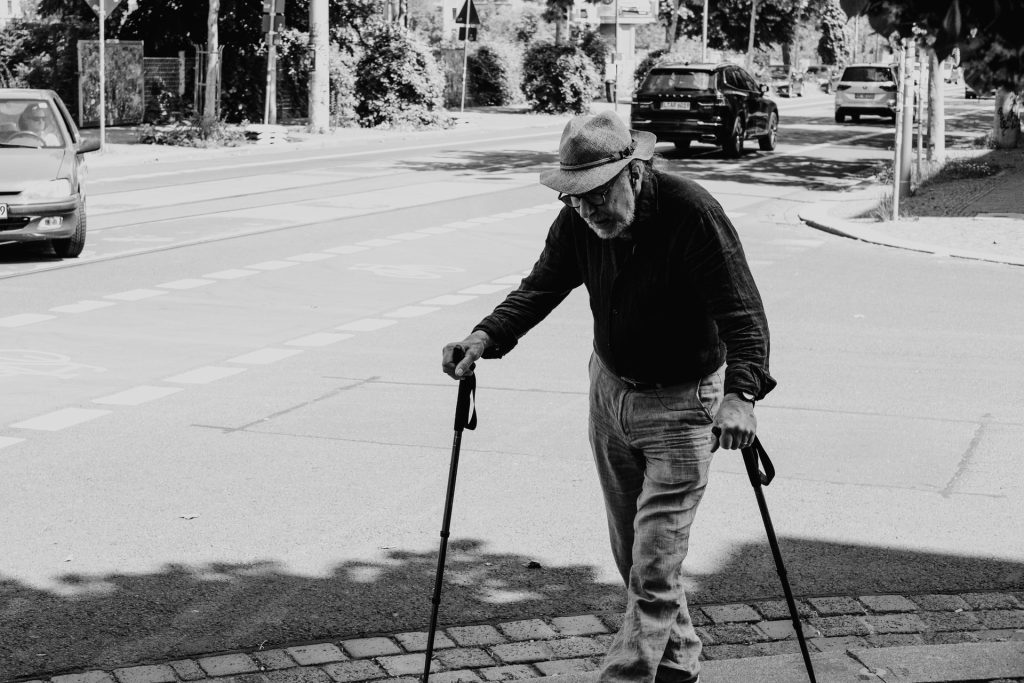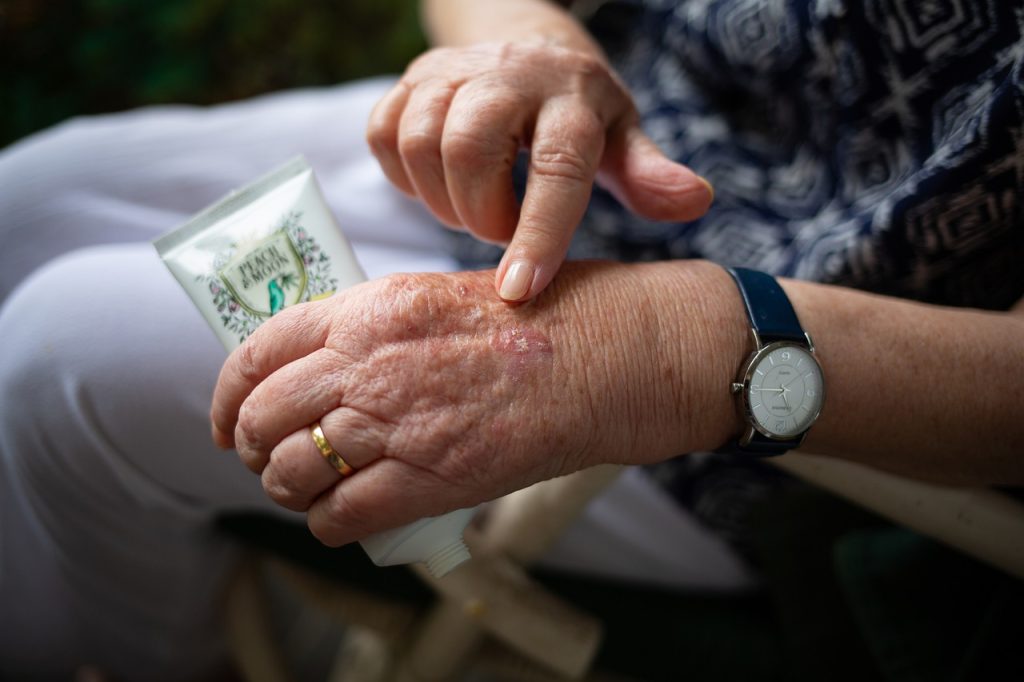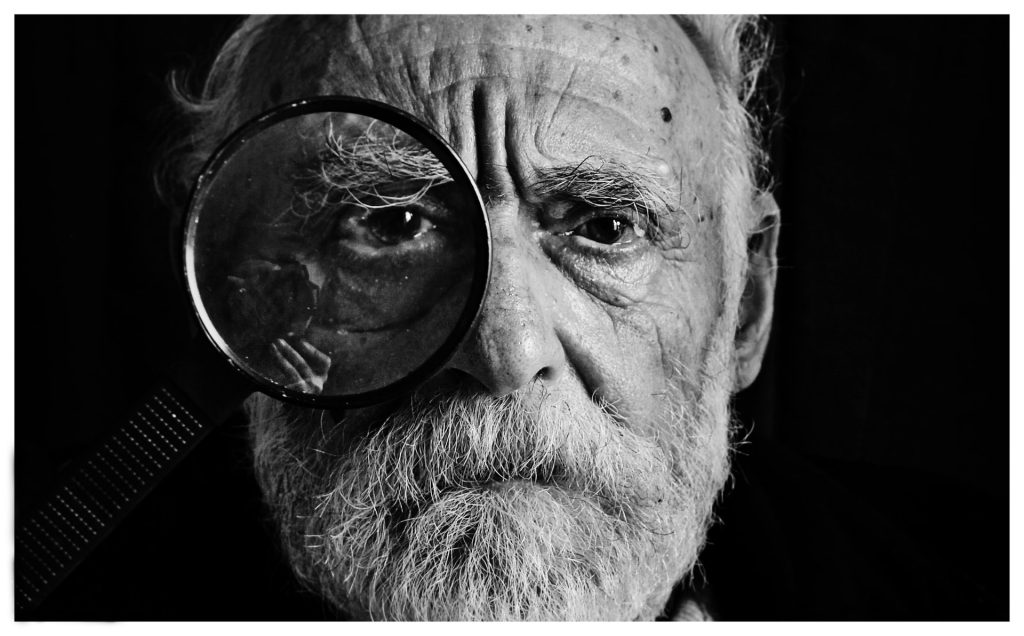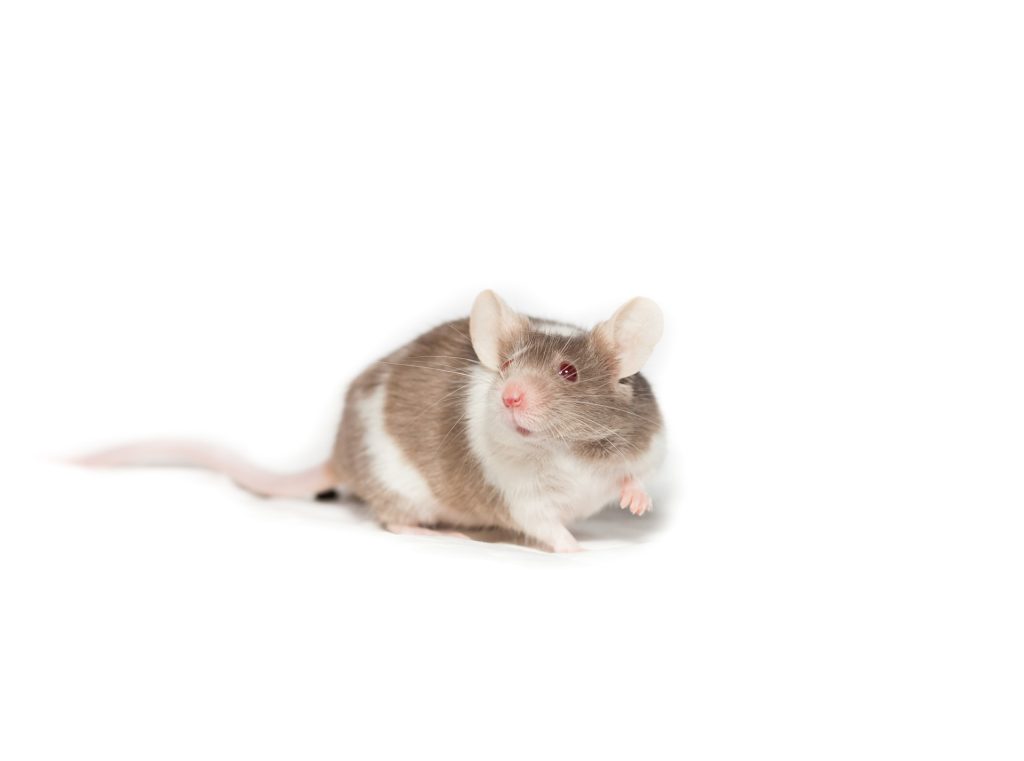Why Knee Osteoarthritis Risk is Higher in Women

By using a bioreactor aboard a flight that simulated zero gravity, researchers have found that the reason why women have a greater risk of developing knee osteoarthritis is down to genetic differences in knee meniscus tissue.
Better tests, prevention and treatments could be developed for knee osteoarthritis in women here on Earth, based on this research.
Though knee osteoarthritis is more common in females than in males, the difference cannot be explained solely by hormones. The researchers have pinpointed a genetic difference in the meniscus that makes about 50% of females more vulnerable to developing osteoarthritis than males or other females. Exposure to zero gravity is known to mimic the ageing process, as muscles atrophy and bones lose density. The zero gravity environment of space has greatly contributed to medical research.
Researchers ran the experiment aboard an aircraft flying in parabolic arcs to specially simulate zero gravity conditions, to mimic the damage that can happen to the meniscus due to lack of exercise.
“Some of the genes that were found in the females that responded more to simulated space microgravity were also associated with the development of knee osteoarthritis,” said principal investigator Adetola Adesida, professor of surgery in the Faculty of Medicine & Dentistry.
The results suggest that a blood test could screen for the high-risk gene, allowing for early interventions such as physiotherapy, and eventually even drug therapy. It might also allow women to stay in space longer.
“We’ve uncovered the mechanisms that lead to this higher response, and we are hoping to develop drugs to target those pathways and block those responses,” Adesida said.
Previously thought to be rather unimportant, meniscus acts as a load distributor for the body’s full weight. However, it is now known that just a small tear in the meniscus, often from a sports injury, increases the risk of later osteoarthritis, even if the damaged tissue has been removed. On the other hand, lack of use can also lead to deconditioning of the meniscus and increase arthritis risk.
Knee osteoarthritis is the most common joint problem, affecting an estimated 250 million people worldwide, including 14% of females older than 60 and 10% of males in the same age group.
Prof Adesida’s team has developed bioengineered meniscus tissue grown from cells that have been removed from the damaged menisci of otherwise healthy individuals. The hope is one day to be able to replace damaged tissue through transplant, preventing the development of knee osteoarthritis.
For their experiment on sex differences, the team studied how the bioengineered tissue functioned while at rest and under mechanical loading and unloading conditions. For the loading, they used a device that exerted hydrostatic pressure on the cells. For the unloading, they put the cells into a bioreactor designed by NASA to fly aboard the zero-gravity aircraft.
“Our loading and unloading experiment mimics what we actually see in a clinical situation where the development of spaceflight microgravity-induced knee osteoarthritic changes is possible,” he said.
“This will help us to have human relevant models to study knee osteoarthritis in the future. And our research has both Earth benefits and space benefits.”
The study findings were published in Frontiers in Bioengineering and Biotechnology.
Source: University of Alberta









